John Lewis Bristol and the city’s changing retail landscape
Perhaps it’s a reflection of my status as a retail nerd that one of the first things I usually do on Friday mornings is check out the John Lewis Partnership’s ‘Weekly Figures’.
These weekly stats are strangely compelling in that – probably uniquely for a major UK retailer – John Lewis publishes a store-by-store breakdown for its eponymous department store chain. Hence, as well as finding out today that overall sales in the last week were up an impressive 5.3% on a year ago, we also get to see which stores have been doing particularly well over the last seven days (High Wycombe, up 15.1%), and which ones are looking a bit less healthy (Edinburgh, down 9.1% on a year ago).
Giving a picture of slightly longer-term trends, the comparisons given for the current half-year, rather than just the last week, tend to be more insightful. These remind us just how challenging John Lewis’s trading was between February and April – even after what is now 13 successive weeks of positive figures compared to 2008, Cambridge is still the only physical store to have enjoyed better sales (up 1.5%) over the current 24-week period than it did during the same stretch a year ago.
In contrast, it’s interesting that John Lewis’s worst performing store over the last 24 weeks has been John Lewis Bristol at the out-of-town Mall at Cribbs Causeway, where sales are down a whole 12.5% compared to last year. Bristol, of course, has seen some major retail changes over the past year, the new Cabot Circus development transforming the city centre with its opening of 120 stores – including a relocated House of Fraser and a new Harvey Nichols. One must guess that the new competition from Cabot Circus is, at least to some extent, accounting for John Lewis Bristol’s relatively poor performance.
The fortunes and associated stories of John Lewis Bristol are an interesting illustration of the cyclical nature of retail development. The store’s history goes back to 1980, when it took over the landmark building at Broadmead – adjoining what is now Cabot Circus – that had previously housed Lewis’s Ltd (no relation).
Fast forward to 1994 and John Lewis’s announcement that it was going to vacate that store – in favour of anchoring the shiny new out-of-town Cribbs Causeway mall – inevitably left future prospects for the city centre looking gloomy. After all, losing its John Lewis store is, possibly, any city centre’s worst nightmare.
Since John Lewis moved out in 1998, its old premises have had a rather chequered history. The independent Kingston-based department store chain, Bentalls, had already agreed, in 1995, to take over the building upon John Lewis’s departure – not, in hindsight, one of the better decisions in British retail history. After an expensive refurbishment, Bristol’s Bentalls store only lasted for two years, making an estimated £20m loss in the process – presumably thanks to shoppers flocking to John Lewis at Cribbs Causeway instead.
Though Bentalls managed to dispose of its Bristol store to House of Fraser in 2000, the ill-fated experience left the overall business weakened, paving the way for Newcastle-based Fenwick to snap up the remaining Bentalls stores in 2001 – perhaps something to talk about in more detail in a future blog post.
In its turn, House of Fraser announced in 2005 that it too would be moving out, this time to anchor Cabot Circus, with Primark stepping in to fill the void. With House of Fraser’s new store opening at the end of 2008, the old Lewis’s building will once again come back to life when Primark finally opens the doors next month to its biggest store outside London’s Oxford Street.
Given the property’s status as something of a barometer of Bristol’s changing retail fortunes, it’s a nice touch that the building is going to retain a visual reminder of its fascinating history. Given Primark’s seemingly unstoppable success though, it seems likely that its stay may be a little longer than some of its predecessors.
Thank you to Mattbuck4950 for the use of the photograph of John Lewis Bristol, which is © Copyright Mattbuck4950 and licensed for re-use under the Creative Commons Licence.

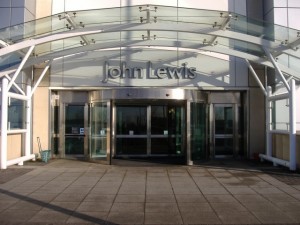

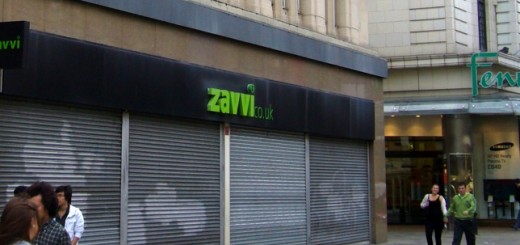

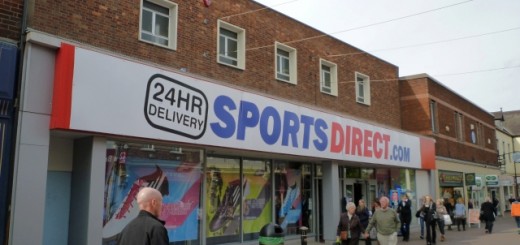



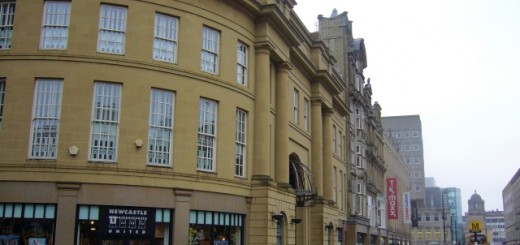
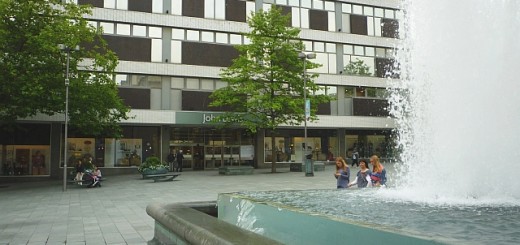
3 Responses
[…] To be honest, there are few plausible candidates. As I suggested to Helen, independent department stores – the most likely suitors – have been on the wane for years, with many longstanding names closing down (Cardiff’s David Morgan, for instance) or being swallowed up by larger rivals (such as Beatties and Jenners by House of Fraser, Roomes by Morleys, and Williams & Griffin and Bentalls by Fenwick). […]
[…] about the John Lewis sales figures brought to mind my third ever blog post – a whole 170 posts ago – written back at the height of the recession in July 2009 when […]
[…] Forty miles or so down the M4, the £7m John Lewis at Home in Swindon represents a relatively quick and cheap way for the retailer to circumvent development delays, and to plug the gap in coverage between its existing department stores in Reading and Bristol. […]